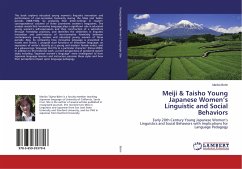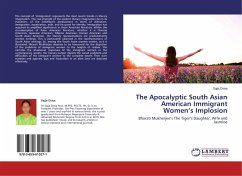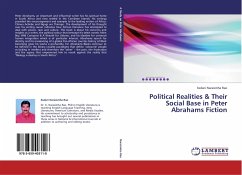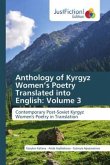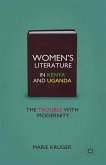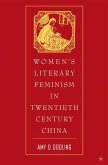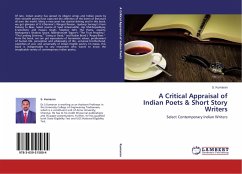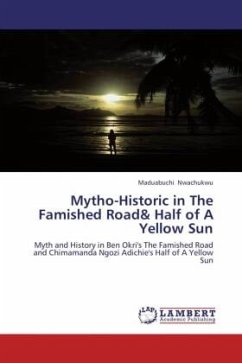This book explores educated young women's linguistic innovation and performance of non-normative femininity during the Meiji and Taisho periods (1868-1926), by analyzing their letter-writings in readers' correspondence columns of three prominent women's magazines. The analysis reveals that innovative language plays a significant role in educated young women's self-expressions and their construction of a subculture through friendship practices, and identifies the similarities in linguistic innovation and performance of non-normative femininity between contemporary young women and educated young women of these periods. Also, by comparing how innovative language is presented in novels and fiction, I propose dual functions of innovative language; an expression of writer's identity as a young and modern female writer, and as a yakuwari-go 'language that fits to a particular character' (Kinsui 2003). In addition to this historical work, current perspectives of gendered speech styles including "Japanese women's language" were investigated to how Japanese language learners and instructors perceive these styles and how their perceptions impact upon language pedagogy.
Bitte wählen Sie Ihr Anliegen aus.
Rechnungen
Retourenschein anfordern
Bestellstatus
Storno

